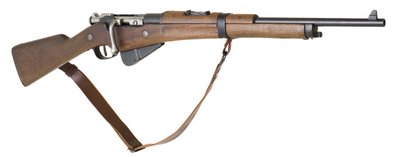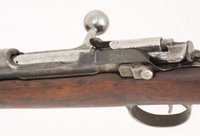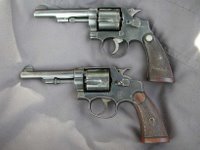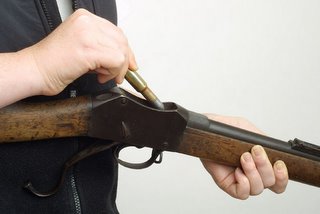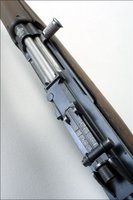
1948-vintage Polish-made Pistolet TT, aka "Tokarev".
Imported by Tennessee Guns in Knoxville, this Tokarev is one of the relative few that bear the "FB Radom" logo rather than the "Circle 11" Warsaw Pact country code for Poland. (Only those made in '48 and '49 had the former.) The Tokarev, designated Wz48 by the Poles, remained the standard Polish military sidearm into the '60s, when it was replaced by the P-64, which was a PPK-esque pistol chambered for the 9mm Makarov cartridge.
Other than the serial number and year of manufacture atop the slide, the small proofs in the triggerguard area, and the serial number on the left rear of the frame, these guns are devoid of markings. They also show a level of fit and finish unusual in a mid-Cold-War Warsaw Pact firearm.

LEFT: Polish Wz48 Tokarev. Photo by Oleg Volk.
As an interesting aside on the perils of believing everything you read, in a sidebar in the second edition of the Standard Catalog of Military Firearms, gunwriter Charlie Cutshaw praises the Polish Tokarev as the most comfortable variant to shoot, stating that the Poles had equipped theirs with thumbrest grips and a manual safety. This is untrue, as the crude manual safety (which only blocks the trigger) and the thumbrest grip were retrofitted by the importer in order to gain enough "points" to be importable under the handgun provisions of the Gun Control Act of 1968; the pistols originally had flat grips and no manual safety. The embarrassing sidebar disappeared in the third edition of the Standard Catalog, but the description still lists the Polish Tok as a "Polish copy with manual safety", and Cutshaw's sidebar is repeated almost verbatim elsewhere on the 'net. Don't believe everything you read.






